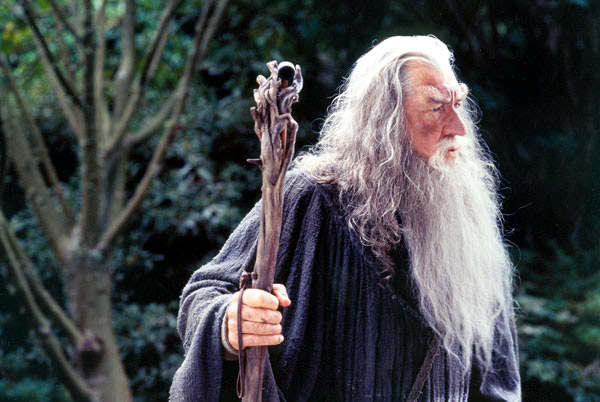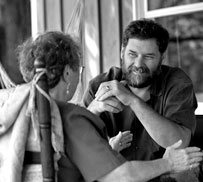![]()
Search
Recent Posts
- ChangingAging.org Redesign -- Please Bookmark!
- Disaster in Buffalo
- Power Up Friday
- Blanchard WinsDays
- Kevin Frick writes...
- Monkhouse Monday
- Getting Closer!
- Blanchard WinsDays
- Power Up Friday
- My Pick for Health and Human Services
- Understanding Health Care Reform
- Facts Are Stubborn Things: Social Security Edition
- Monkhouse Monday
- Localism is Coming
- Krugman Can't Wait...
Recent Comments
Category Archives
- AGING 100
- Aging
- Culture
- Dementia
- Eden Alternative
- Erickson School
- Green House
- Health Policy
- Longevity
- Media
- Rockets
Monthly Archives
- February 2009
- January 2009
- December 2008
- November 2008
- October 2008
- September 2008
- August 2008
- July 2008
- June 2008
- May 2008
- April 2008
- March 2008
- February 2008
- January 2008
- December 2007
- November 2007
- October 2007
- September 2007
- August 2007
 Subscribe to this blog's feed
Subscribe to this blog's feed
Announcements

Blog Data
« European "Baby Bust" | Main | Monkhouse Mondays: First we take Manhattan........ »
July 3, 2008 |Permalink |Comments (1)
Quarterstaff Revolution
The New York Times took a look at the research AARP was doing on walking canes in 1992...
Many people who use canes injure themselves because they don't do the necessary research before buying one. That is an early conclusion of a continuing study on canes sponsored by the American Association of Retired Persons.According to Dr. Margaret Wylde, vice president of the Institute for Technology Development in Oxford, Miss., which is conducting the study, the conclusion is based on a review of recent medical and rehabilitation literature and on more than 1,000 letters solicited from A.A.R.P. members who are regular cane users.
Some of the most serious damage, Dr. Wylde said, can result from the cane's grip. Carpal tunnel syndrome, a painful ailment, can result from any repetitive motion like typing or using a cane.
There are two reasons people use walking canes.
1) To improve balance by providing a third contact point with the ground.
2) To redistribute weight away from an injured or arthritic lower limb.
As a physician I have never really liked walking canes. Here is one patient's experience...
I noticed several problems within the first five minutes. My triceps were quickly fatigued as they worked to hold my weight up. As a result, my scapula elevated to relieve the triceps, putting strain on my rotator cuff. This "shrugging" effect could be somewhat offset by lowering the height of the handle below my waist, which served to extend the arm and reduce the amount of elevation in the shoulder.The handle of the cane was designed in such a way that the grip increased in broadness from the neck of the handle to the end, providing a wider, flatter surface where the palm would rest. Unfortunately, the result was not a more comfortable feel, but rather a terrible dorsiflexion combined with ulnar deviation in the wrist and a bruised hamate bone where the weight was concentrated. I felt tweaks of pain all day long in my wrist and shoulder which continued into the night, long after I had ended my experiment.
Aside from design problems, there were several functional problems as well. For instance, each step was accompanied by a jarring vibration which was transferred up the entire length of the arm every time the rubber cane tip struck the concrete. The swing of the cane often had to be initiated by a flick of the wrist, resulting in a constant repetitive oscillation between ulnar and radial deviations. Furthermore, adjusting the cane to the correct height was difficult due to a simultaneous push of a button and pull of the shaft requiring relatively dexterous fingers; arthritic hands would be pitifully ineffective.
PREDICTION!
Elders of today and tomorrow are going to give up on the cane, abandoning it in favor of the quarterstaff.

Gandalf the Grey carried about with him a spike brown staff which served partly as an agency of his power, as can be seen when he faced the Balrog in Moria. Besides functioning as a useful walking stick, it was also thought to symbolise what he was and his position in the Istari.
There are three reasons that I think elders can and will retire the old time walking cane and embrace the quarterstaff.
1) The cane places the greatest strain on the smallest muscles and joints (the wrist and forearm) repetitive use can easily lead to wrist and forearm injury.
2) The quarterstaff transfers the weight into the shoulder girdle itself. The shoulder joint and its surrounding muscles are much better prepared to handle the load than are the wrist and forearm.
3) Imagine a scene, an older woman using a bent top walking cane crosses a building lobby, trying to make the elevator before the doors roll closed. Now imagine that scene with the older woman striding across the lobby with a seven foot oak quarterstaff at her side. People hold the door open not because of chivalry, not out of a desire to help little old ladies but rather because she just looks so damned cool.
Elders are obligated to give younger people clues about how deep and mysterious elderhood can be.
I would like an any elders or elders to be who read this post to go out and get a walking staff. Go out in public with it and follow your normal routine and have somebody take a picture of you using it. Send the photo to Ronni.
I'll close my appeal with a quote from one of America's greatest walkers...
"Although the vast majority of walkers never even think of using a walking staff, I unhesitatingly include it among the foundations of the house that travels on my back. I still take my staff along almost as automatically as I take my pack. It is a third leg to me - and much more besides. On smooth surfaces the staff helps maintain an easy rhythm to may walking and gives me something to lean on when I stop to stand and stare. Over rough going of any kind, from tussocky grass to pockety rock, and also in a high wind, it converts me when I am heavily laded from an insecure biped to a confident triped. ... It may well be, too, that the staff also gives me a false but subconsciously comforting feeling that I am not after all completely defenseless against attack by such enemies as snakes, bears and men."
- Colin Fletcher, The Complete Walker III, 1984, p. 78
Comments ( 1)
While the quarter staff takes the prize for style and authority, I prefer using trekking poles. I walk with a pair of ExerStriders and love their light weight, ergonomic grip, choice of tips, and four points of contact for even greater balance. I recently took my poles on a trip to eight National Parks and monuments and was delighted to see lots of European visitors also using them. They are the walking aid of the future.














